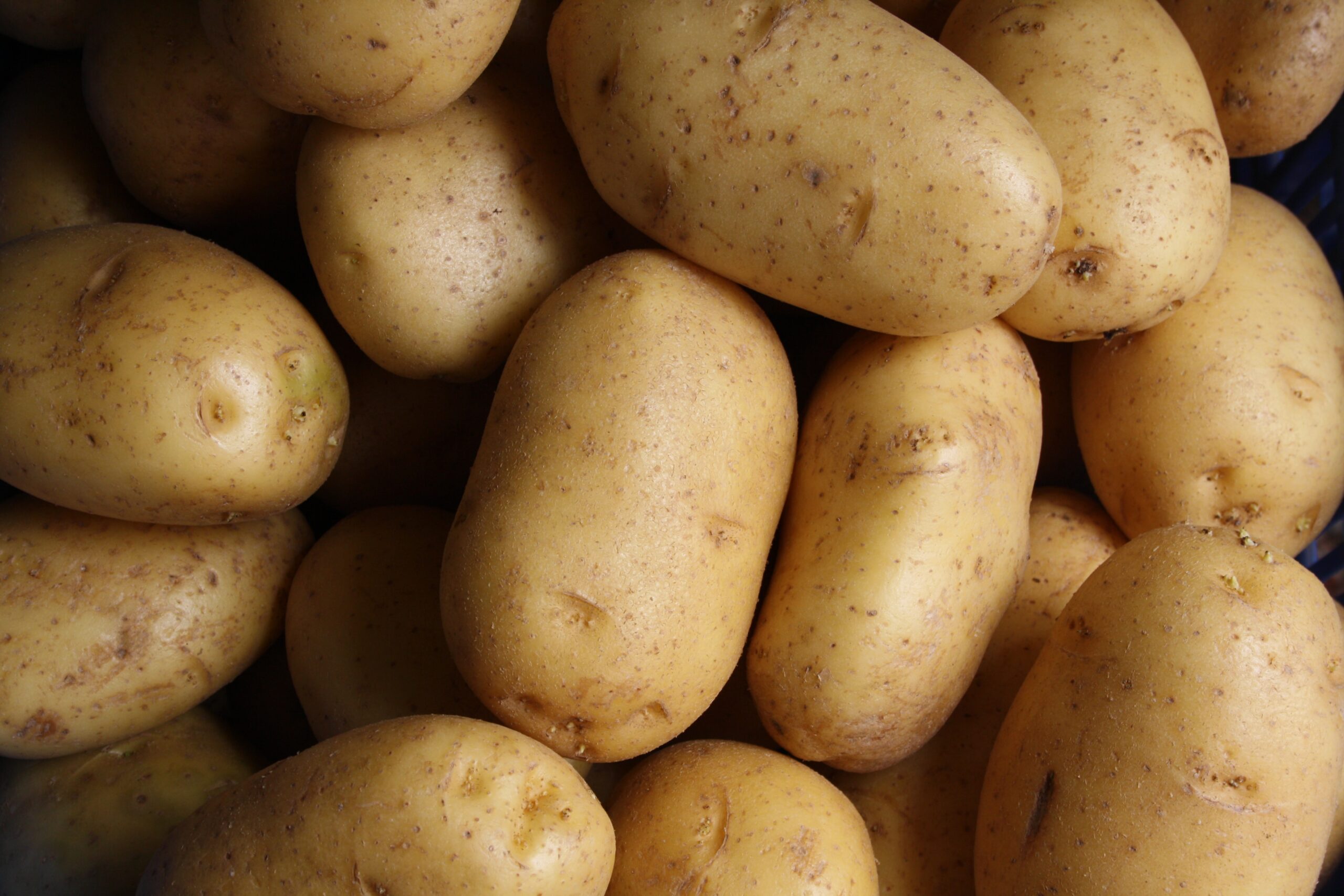I love potatoes, and I like to think we all do. It is an incredibly versatile ingredient, sure to put an indulgent smile on anyone’s face. This is not a completely exhaustive article about potatoes; treat it more as an appreciation post that aims to inspire you to show some reverence to this humble tuber.
History
Potatoes are indigenous to Central and South America, and were first cultivated around 8,000 years ago in southern Peru and northwestern Bolivia. They fuelled the advanced civilisations of the Americas such as the Incas, then they fuelled the Spanish who conquered them. The potato was brought to Europe in the late 16th century as part of the ‘Columbian exchange’, the vast transfer of people, technology, crops and diseases between the Old World and the New.
Although Europeans were slow to adopt the potato, by the 18th century it was a key crop and contributed massively to the 19th century population boom and was responsible for at least a quarter of the growth in Europe between 1700-1900.
However, the lack of genetic diversity in European potatoes made them vulnerable to disease. The Great Famine in Ireland is the clearest example of this, and led to a million deaths and a million more leaving Ireland through emigration.
Flavour and Texture
The subtle but distinct bitterness of potatoes comes from the toxic alkaloids solanine and chaconine, which are benign at low levels. However, stressful growing conditions or exposure to light can double or triple their levels which can lead to digestive problems and even death; strongly bitter potatoes should not be eaten. Any green marks on the potato are a result of the formation of chlorophyll due to light exposure, and are a sign of high alkaloid levels.
The tender but dry texture of potatoes is due to their starch content. Starch granules, that are closely packed in when raw, begin to soften at around 58-66c (the gelation range) and absorb water. The granules swell in size and form a gel of sorts, a long chain of granules that holds water in pockets in between the chains.
Storage and Cooking
The ideal storage temperature for potatoes is 7-10c; they may sprout and decay at higher temperatures, and when fridge cold their metabolism shifts to breakdown some of their starch into sugars, which causes them to brown too rapidly when cooked. However, it is possible to ‘recondition’ potatoes by leaving them at room temperature for a few weeks before using.
Floury vs waxy potatoes
Floury potatoes concentrate more starch in their cells. When cooked, these cells swell and separate from each other, creating their fluffy texture perfect for baked and mashed potatoes. Waxy potatoes are the opposite; their cells stick together when cooked, leading to a dense and moist texture.
Fried potatoes
Fried potatoes are a beautiful creation and the reason is obvious enough; they are completely coated in fat. The proportion of fat varies depending on the surface area of the potato, but mass-produced chips are roughly 35% oil. Double or triple frying is essential to get the best fries, as the initial low-temp frying is crucial for softening the starch granules, as discussed above.
Mashed potato
There are countless ways to make mash. The main things to consider are the type of potato, how you will cook the potato and the fat content.
Floury potatoes are most people’s first choice and they certainly make for easier work. The traditional French pommes purée are made with waxy potatoes, pushed through a fine sieve with cream and then whipped with butter until your arm is about to fall off, to incorporate air and create an incredibly light product.
Boiling potatoes is again what most people will go for, but consider baking them and then scooping out the flesh; the Maillard reaction on the skin will incorporate an extra depth of flavour, and you also get to eat the skins!
Mashed potato is about decadence and richness. In other words, fat! Using milk instead of cream in mash is a waste of both milk and potato.
There is so much more to discuss when it comes to potatoes, so if you would like a part 2 please let me know! If you’ve enjoyed this, please consider subscribing to the newsletter below and follow along on Instagram @tastingnotesblog.
Thank you so much and have a great day!
